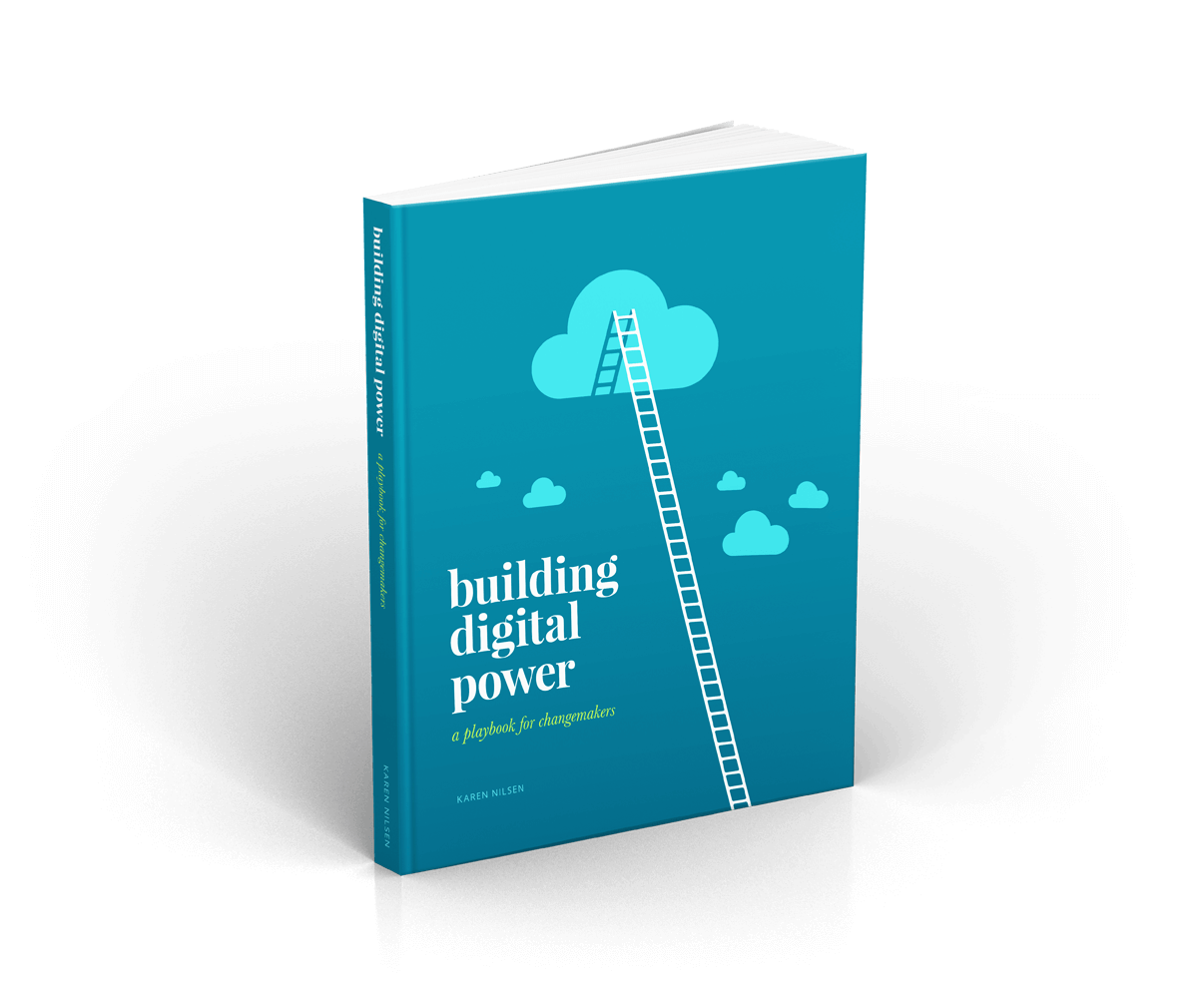This Is What Happens When You Address Your Reader as a ‘Group’
Sure—you know you’re writing an email to 5,000 people. But your task is to make your reader feel like you’re writing only to them.
When ‘broadcasting’ language slips into our writing, it becomes harder to connect with and motivate supporters. And yet most of us start out writing emails this way. The sooner you can train yourself out of this habit, the better.
What is ‘broadcasting’ language?
‘Broadcasting’ language is like a Freudian slip that instantly reveals to your supporter that you’re not seeing them as an individual. It’s a rookie mistake—and yet it’s a trap that snags even seasoned advocates.
Examples:
“I’m writing to you all today because...”
“As some of you may know...”
Two reasons why broadcasting language is harmful to advocacy
- It breaks trust. As we build rapport with our supporters, more of them will want to feel a personal connection—to us as the email sender and to the organization we represent. We reinforce their identity. We become part of their lives. When we fail to address these valued supporters directly, we fail to validate and reinforce their desire for personal connection.
- It creates diffusion of responsibility. People tend to take less responsibility for action when in the presence of others. In group settings, we assume that others will take action, or have already done so. The larger the ‘group’, the less accountability each individual feels. This is the death knell of advocacy. When supporters lose sight of their personal power, our conversion rates suffer.
The language we use can either trigger these negative responses, or help to avoid them.
How to fix broadcasting language
Firstly, shift your perspective. Think of yourself—not at a podium—but in someone’s lounge room. Visualize your supporter sitting opposite you. Lock eyes. Lean in. This mental image will keep you focussed on the individual at the receiving end of your email.
Next, review your content specifically for broadcasting language. You’re looking for culprits like “you all” and “some of you”—any words that are turning a singular ‘you’ into a plural ‘you’.
Examples:
“I’m writing to you all today because...”
“As some of you may know...”
Fast-track your digital strategy learning curve.
Free eBookCommunity, inclusion, and social proof
Wait a minute. Does this mean you can’t create community, harness social proof, or acknowledge the efforts of others? Not at all. There’s a big difference between addressing your supporter as a group and making your supporter feel like part of a group. Let’s look at examples that foster inclusion without making your email read like a noticeboard.
Broadcasting language:
“Our supporters have convinced...”
“If enough activists speak up today...”
“We need everyone to take urgent action right now!”
“Thanks to so many of you who took action...”
“Thousands of supporters have already signed on!”
“Thousands of you made the pledge!”
Inclusive language:
“Together, we convinced ...”
“If enough of us speak up today...”
“Your voice is urgently needed right now!”
“Thanks to people like you who took action...”
“Thousands of supporters like you have already signed on!”
“Thousands of people joined you to make the pledge!”
Inclusive language reduces abstraction and positions your supporter at the heart of the action. It enhances accountability and validation. Importantly, this lets you recognize your supporter’s connection to community, without diminishing their contribution as an individual.
6 Things That Stop People Opening Emails
I know what you’re thinking. “Subject lines”. And you’d be right. Subject lines are hailed as the ‘be all and end all’ of email open rates—understandably. But they don’t act alone. To maximize the...
3 minute readI know what you’re thinking. “Subject lines”. And you’d be right. Subject lines are hailed as the ‘be all and...
Continue →Get a free weekly digital strategy tip:
Unsubscribe any time. We respect your data. View the privacy policy.
Like this tip? Share it!






